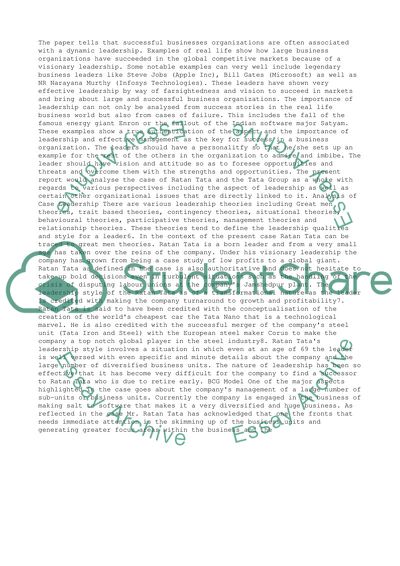Cite this document
(“Features of International Management: Tata group case Study”, n.d.)
Retrieved from https://studentshare.org/management/1394908-features-of-international-management-tata-group-case
Retrieved from https://studentshare.org/management/1394908-features-of-international-management-tata-group-case
(Features of International Management: Tata Group Case Study)
https://studentshare.org/management/1394908-features-of-international-management-tata-group-case.
https://studentshare.org/management/1394908-features-of-international-management-tata-group-case.
“Features of International Management: Tata Group Case Study”, n.d. https://studentshare.org/management/1394908-features-of-international-management-tata-group-case.


